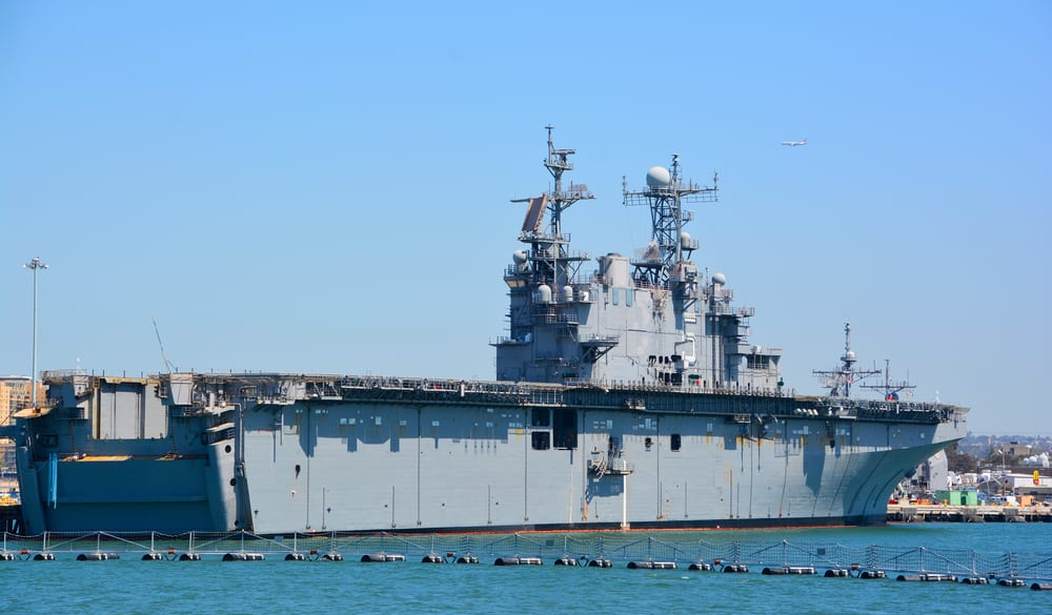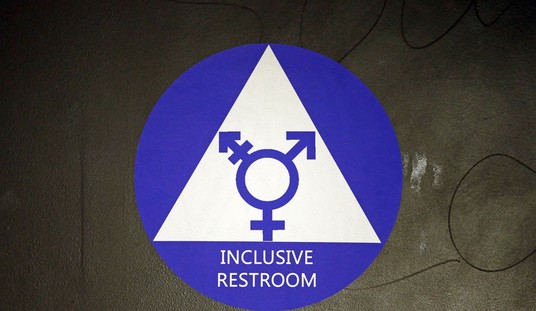John Paul Jones, we have a problem — deployments are up, morale is down, and our ships aren’t as shipshape as they ought to be:
It isn’t surprising that demand is high for naval forces. The Islamic State is fighting U.S.-backed forces on multiple fronts; states throughout Africa and the Middle East such as Libya and Syria are failing or in crisis; rivals including China and Russia are rewriting international boundaries; and illicit trafficking persists throughout the littorals. The presence requested by Combatant Commanders and required by civilian officials to address these challenges exceeds what the naval services can deliver through their existing processes to prepare forces for deployment.
Over the last decade the Navy and Marine Corps met the demand by simply doing more with less. Between 1998 and 2015 the Navy shrank by 20 percent, from 333 to 271 ships. The number of ships deployed overseas, however, remained the same at about 100 ships. Each ship was, therefore, working about 20 percent harder to meet the demand. Deployment length statistics make this clear: in 1998 four percent of deployments lasted more than six months, while in 2015 all deployments lasted more than six months.
The Marine Corps is similarly making do. It is shrinking to 182,000 personnel by 2017, which will result in an operational force of about 108,000 Marines. If they maintain a 1 to 2 Deployment-to-Dwell (D2D) ratio, these Marines can just meet today’s requirements for overseas presence. This gives each Marine about 14 months at home for every 7 months away, which is acceptable but less than what Sailors and other service members generally get. And if any new demands arise, the Marines will need to accelerate deployments and adopt wartime rotation ratios.
We’re fighting a global war with a “peace dividend” force structure.
I’ve given enough warnings over the years about our shrinking fleet, and it isn’t as if the Navy, the Pentagon, and Washington don’t understand. And it isn’t as though Washington doesn’t collect enough money to pay for any size Navy and any size Marine Corps they think we need. But buying votes is a much more “profitable” venture for our elected representatives, with the real price being paid by our overworked and under-equipped military.










Join the conversation as a VIP Member